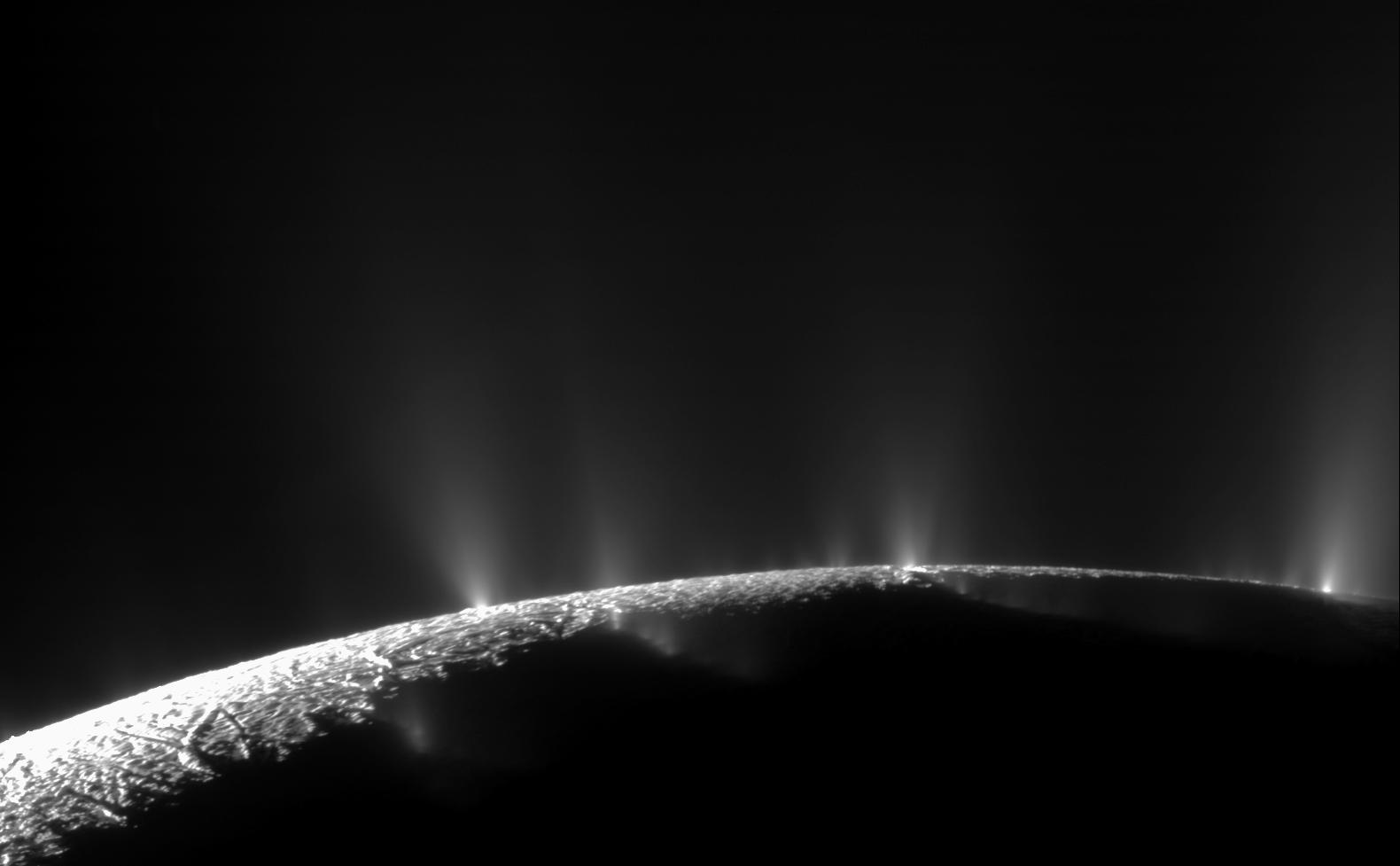5 min read
Cassini is orbiting Saturn with a period of 13.3 days and inclined 53 degrees from the equatorial plane. The most recent spacecraft tracking and telemetry data were collected on Dec. 12 by the Deep Space Network's 70 meter Station 14 at Goldstone, California. Except for some science instrument issues described in previous reports, the spacecraft continues to be in an excellent state of health with all of its subsystems operating normally. Information on the present position of the Cassini spacecraft may be found on the "Present Position" page at: http://saturn.jpl.nasa.gov/mission/presentposition/.
Sequence Implementation Process teams continued working on the ten-week command sequences S77, S78, and S79, which will go active on Cassini in January, March, and June, respectively. Meanwhile, commands from the on-board S76 sequence controlled the spacecraft's activities in flight. In addition, realtime commands were sent per procedures to install the new Attitude and Articulation Control Subsystem Flight Software (AACS FSW) load.
Wednesday, Dec. 5 (DOY 340)
The Visible and infrared Mapping Spectrometer (VIMS) completed its fifteen hour stellar occultation activity watching the star R Lyrae go behind the rings by virtue of Cassini's orbital motion. The Navigation team then used the Imaging Science Subsystem (ISS) to take five images of Saturn's moon Tethys against background stars for optical navigation purposes. VIMS and the Composite Infrared Spectrometer (CIRS) obtained infrared spectra of the rings for determining particle composition.
Thursday, Dec. 6 (DOY 341)
CIRS observed the unlit rings in Saturn's shadow to map temperatures and determine ring thermal inertia. The Magnetometer Subsystem (MAG) performed a calibration by rotating the spacecraft about its X axis for eight hours; the MAG boom extends along the plus-Y axis. ISS then began a fifteen hour low resolution movie of the F ring.
Friday, Dec. 7 (DOY 342)
VIMS mapped Saturn's south polar vortex winds in the continuous dark night of winter to determine whether the whirling winds have changed with time or season. After this observation, the Ultraviolet Imaging Spectrograph (UVIS) made a three hour auroral observation at the south pole.
The flight team finished procedures that loaded the new AACS flight software, A8.9.0, to Cassini's solid state recorder and verified that it was properly received. This required uplinking 20,022 commands from a file that had been extensively tested on the ground.
Saturday, Dec. 8 (DOY 343)
VIMS and UVIS alternated between mapping the south pole vortex winds and making auroral observations during the first ten hours of the day. CIRS then made a regional map of the south polar region to acquire temperature measurements in the southern vortex. This was followed by an ISS Titan cloud monitoring observation from a distance of 1.4 million kilometers.
The Radio Science team conducted a Radio-Frequency Instrumentation Subsystem periodic instrument maintenance activity, characterizing the one-way non-coherent downlink signal (in the absence of an uplink) that is based on Cassini's auxiliary oscillator.
Today and on two other days this week, the AACS team executed Reaction Wheel Assembly bias maneuvers to adjust wheel speeds, while thrusters stabilized the spacecraft and the Deep Space Network was not tracking Cassini. The Navigation team relied on telemetry played back later, rather than realtime Doppler data, to model the thrusters' effects on the trajectory.
Sunday, Dec. 9 (DOY 344)
Inbound to periapsis, ISS scanned Saturn's nightside limb to view haze layers high in the stratosphere. VIMS then observed "storm alley," which is the region near 35 degrees south latitude. A VIMS calibration followed in which the instrument obtained spectra of the sun through its solar port. ISS then observed the south-polar plumes on the thin-crescent Enceladus from a distance of around 700,000 kilometers, and CIRS started an observation of Saturn's atmosphere to collect atmospheric composition data and measure trace gases and isotopes.
The flight team carried out the commanding procedure that loaded the backup AACS flight computer AFC-A with the new A8.9.0 flight software from the solid state recorder. AFC-B remained prime.
Monday, Dec. 10 (DOY 345)
Cassini passed through periapsis going 41,710 kilometers per hour at about 378,000 kilometers above the cloud tops. With a good view of Saturn's north pole now, VIMS started mapping the north polar hexagon and vortex to look for changes since its last detailed look, which was in 2007. CIRS then observed the rings at a variety of phase angles and spacecraft elevations to make thermal measurements. Later, VIMS looked at 35 degrees north latitude on Saturn to look for cloud patterns.
Winners of the 2012 Cassini Scientist for a Day essay contest participated in a video conference with Cassini flight team members today. Ninety-six students and ten teachers from five schools, grades six through ten, participated. The students asked excellent questions about Saturn and its rings and moons, as well as career path questions and general space questions. A similar video conference will be held on Dec. 12 for more of the schools that participated in the essay contest.
Saturn's B ring takes center stage in this image featured today: /resources/15681
Tuesday, Dec. 11 (DOY 346)
CIRS made another measurement of ring temperatures at a new set of phase angles and elevation ranges. Then ISS carried out a scan covering Saturn at various emission angles at extremely low phase angle, very similar to the view of Saturn from Earth.
The eight files of Instrument Expanded Block (IEB) commands that will support the S77 sequence were approved today for uplink early next year.
The flight team made preparations to swap spacecraft control to the backup AACS flight computer, AFC-A, which is now loaded with the new A8.9.0 flight software. Commands to do so will be sent tomorrow.
Cassini captured a high-resolution synthetic aperture radar image of a river valley on Titan that stretches more than 400 kilometers from its "headwaters" to a large sea. It may be viewed here: http://saturn.jpl.nasa.gov/news/newsreleases/newsrelease20121212/.







